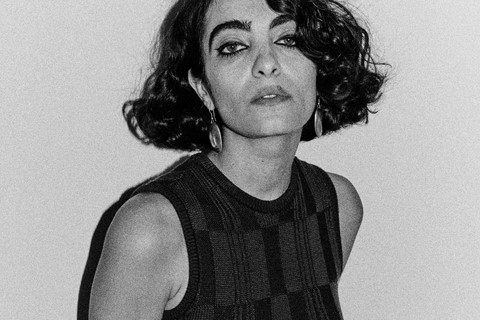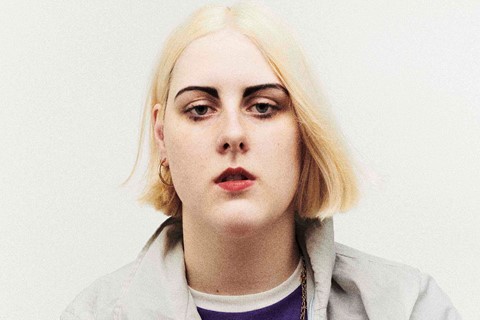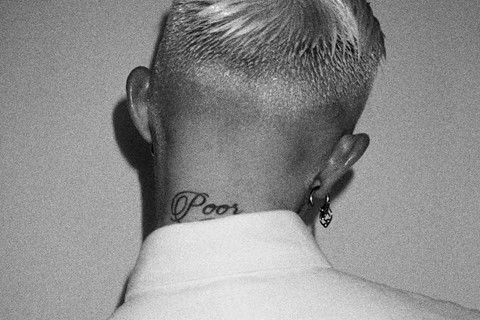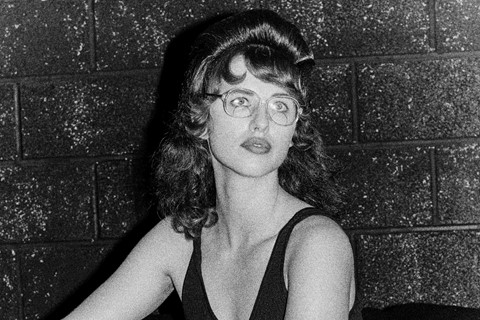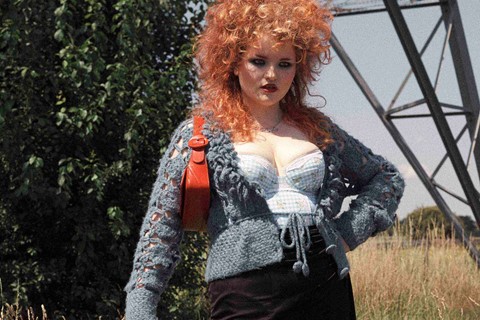“Everyone’s trying to figure out what [identity means],” says Mel Bles of her new ‘art box’ Alter Egos – a project which aims to unearth the sides of ourselves we keep hidden from others
Every time Mel Bles takes someone’s portrait her “heart flutters just a bit”, the British photographer tells AnOther. “You kind of fall in love with people for those couple of hours you’re with them.” Fusing physicality and feeling, Bles’s work is shaped by a connection with her subjects, as well as an admiration for the unique qualities which make up an individual. Bles studied graphic design at Central Saint Martins in the early 2000s before pivoting to photography, where, after four years working as an assistant, she got her first big break with an editorial in Dazed. “I was quite slow to find my language,” she remembers. “It was really a matter of taking pictures and publications like Dazed who were just so supportive.”
In the years since, Bles has shot for huge fashion houses like Fendi and Louis Vuitton and magazines such as AnOther, i-D, Vogue, and Arena. Her latest project, though, is a bit more personal – titled Alter Egos, the series explores the power to be unearthed in the hidden sides of ourselves. Starring an array of characters, the portraits were brought to life alongside a team of Bles’s closest collaborators – casting director Piotr Chamier, stylist Gary David Moore, hair stylist Eugene Souleiman, and make-up artist Nami Yoshida – and a few images have been chopped and collaged to exist somewhere between “fact and fiction.” Bles describes the project as a “simple celebration of the joy of being whoever you are.” The resulting images arrive not in a photo book or a zine, but a special ‘art box’ compiled of prints – a tactile object that the artist hopes “has a positive energy to it”.
Here, in her own words, Bles speaks on the making of Alter Egos:
“The initial idea [for Alter Egos] was about everyone having this other side to them. I’m not a psychologist, but I think it would probably be a great lesson for most people to tap into an alter ego that they’d love to be, or another energy that they’re not able to release.
“Obviously, I think I’m definitely speaking from a place of privilege where another side of me is able to release itself freely, as I’ve not been suppressed by any kind of discrimination. Often people who have to live through those moments, they’re kind of pushed to somewhere where they have to put on another mask. So I think in Alter Egos, there’s a playful side and there’s a serious side because even though this project is joyful, it’s talking a little bit about the weight that people have to carry around.
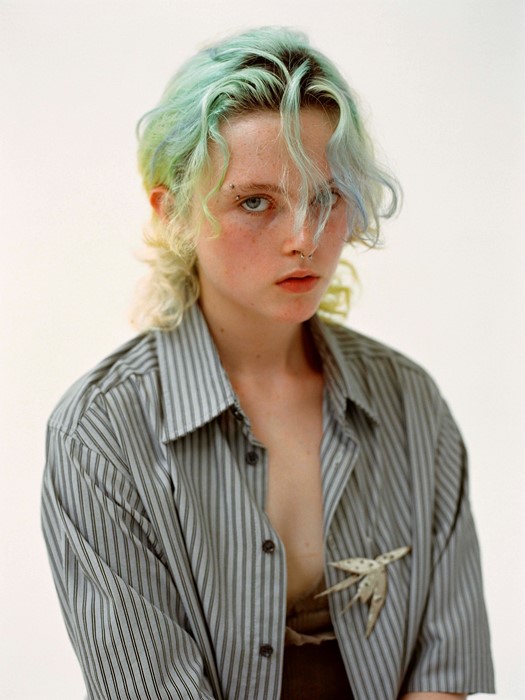
“My practice is very reactionary and instinctive, so if I’m approaching editorial or personal work it might start from a very basic, simple inspiration. For this project, we’re just living in such an incredible time, where people are really starting to talk seriously about the individual and how they want to express themselves. Everyone’s trying to figure out what [identity means], and especially the younger generation are really just like, ‘Move aside, we’re coming through, this is what we want to do.’ I have a 12-year-old daughter, and it’s amazing watching her just start to move through that. Her and her friends are engaged in it physically themselves – talking about their gender, identity and part in society. Seeing that energy, and seeing the energy of people engaging in [ideas of identity], fighting, pushing and exploring inspired me. I just wanted to come back to what it is to be human.
“So Alter Egos is a very simple celebration of the joy of being whoever you are, without having to explain yourself. I think as a friend, a supporter and ally, you have to be joyful. So it’s just a moment celebrating the individual without question.
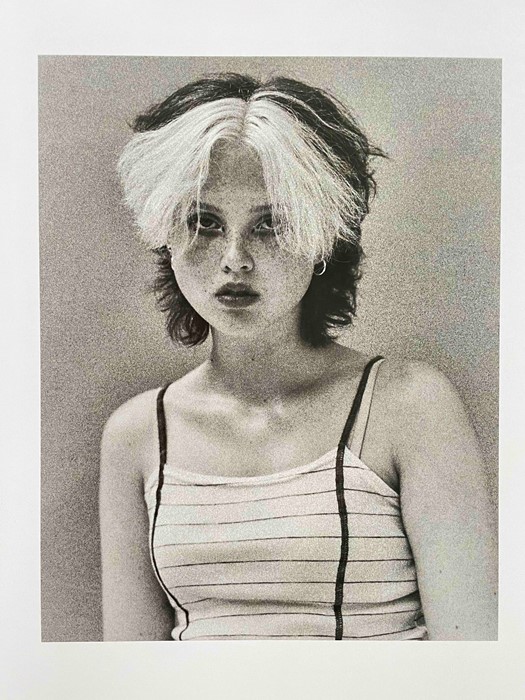
“The collage aspect is just a time to play. I remember first seeing pictures by artists like Robert Rauschenberg when I was probably my daughter’s age, and that way of working with images – using multiple images, layering images – had a profound effect on me. Even now when I see his work at the Tate, even though my work isn’t anything like his, it just moves me every time. With collage, you’re able to be much more physical with the image, start piecing things together, and suddenly you’ll see something that you love. It will always be a part of my practice.
“I kind of loved this idea of ten different faces staring back at you. And I hope that people who own the box are able to experiment; if you want to keep them in the box, if you want to lay them out, if you want to show them off, if you want to frame them, if you want to just cut them up and collage them. You’re able to do whatever you want with it. And I hope people really enjoy that physical experience: it’s a useful, joyful set of pictures, and so I hope people really feel that when they open it.”
Alter Egos is published by Wombat in a limited edition of 50 boxes.

